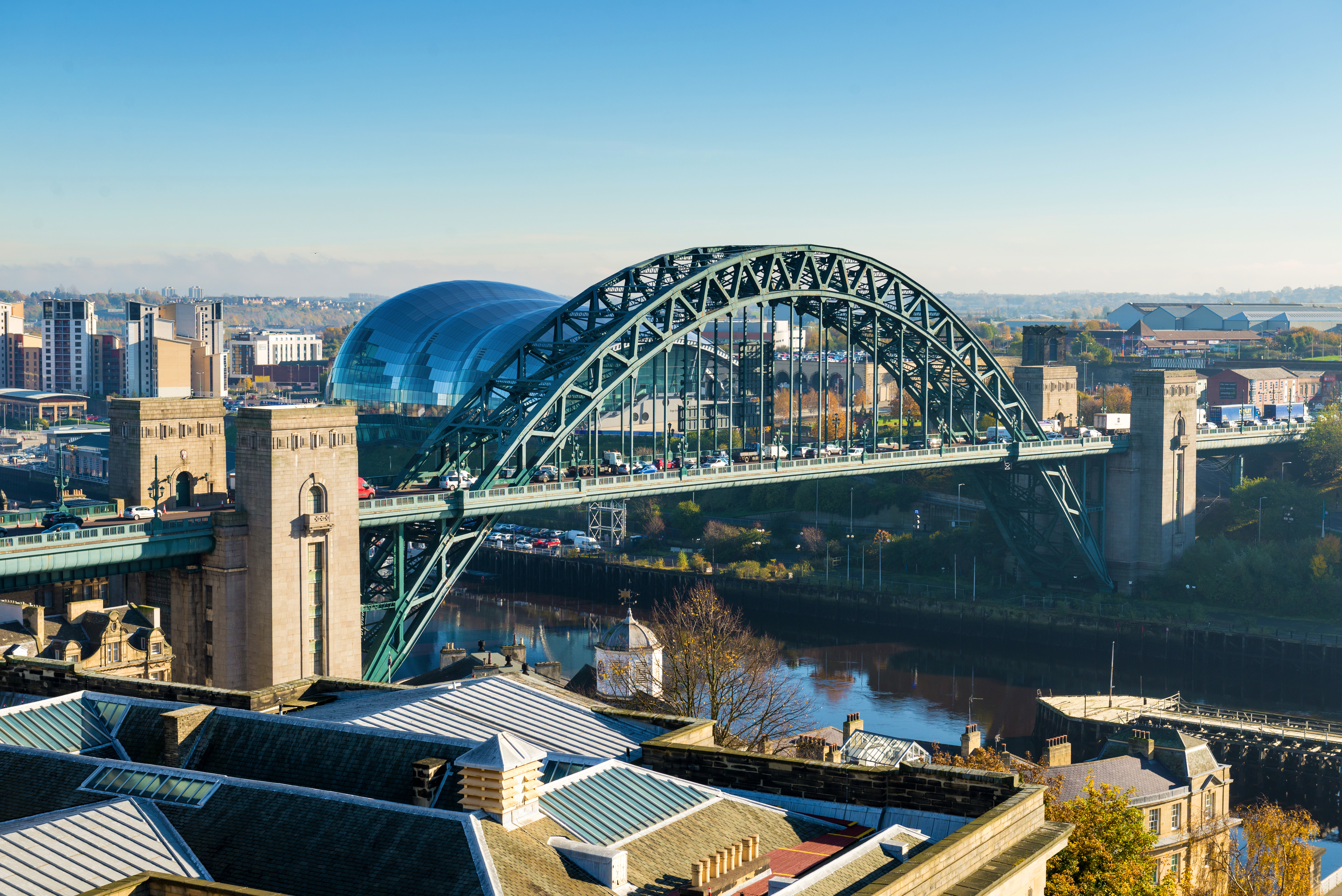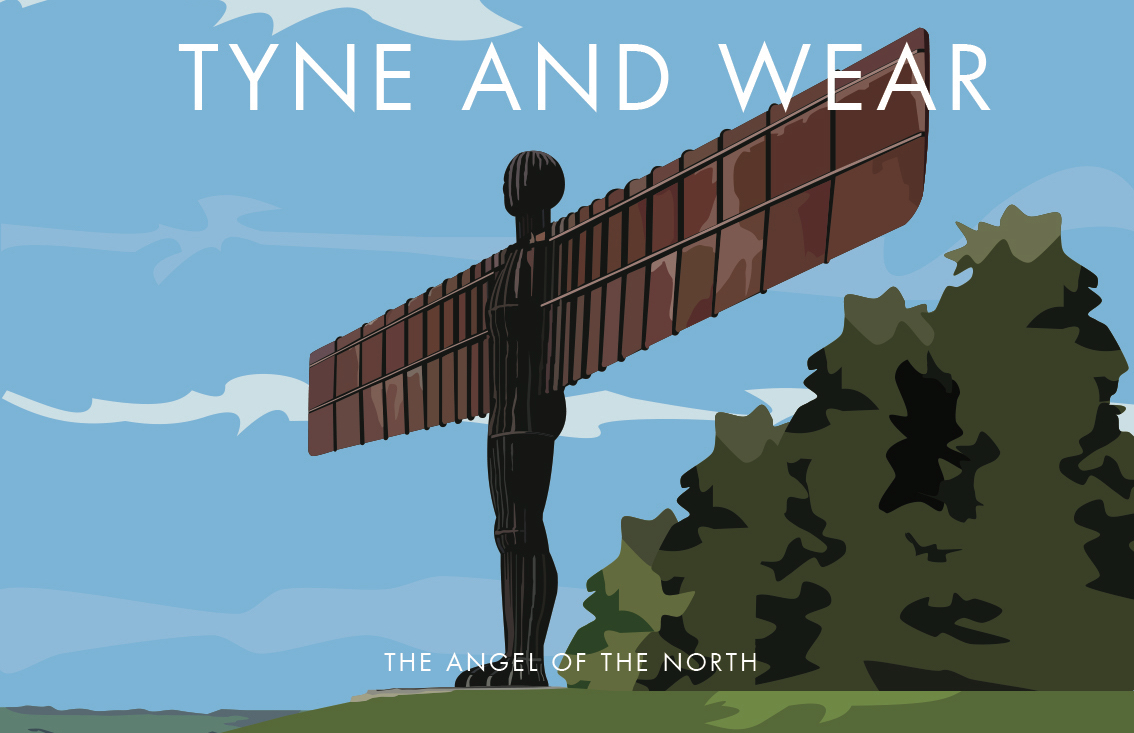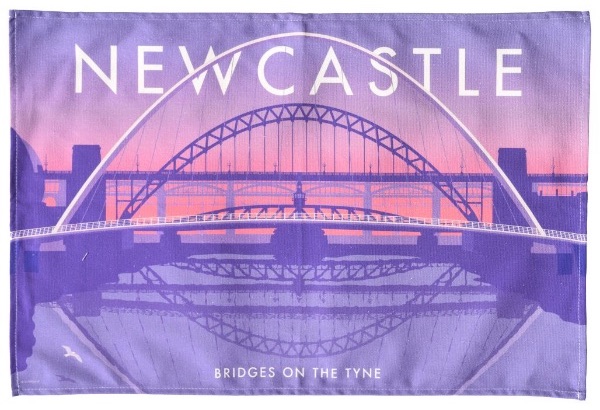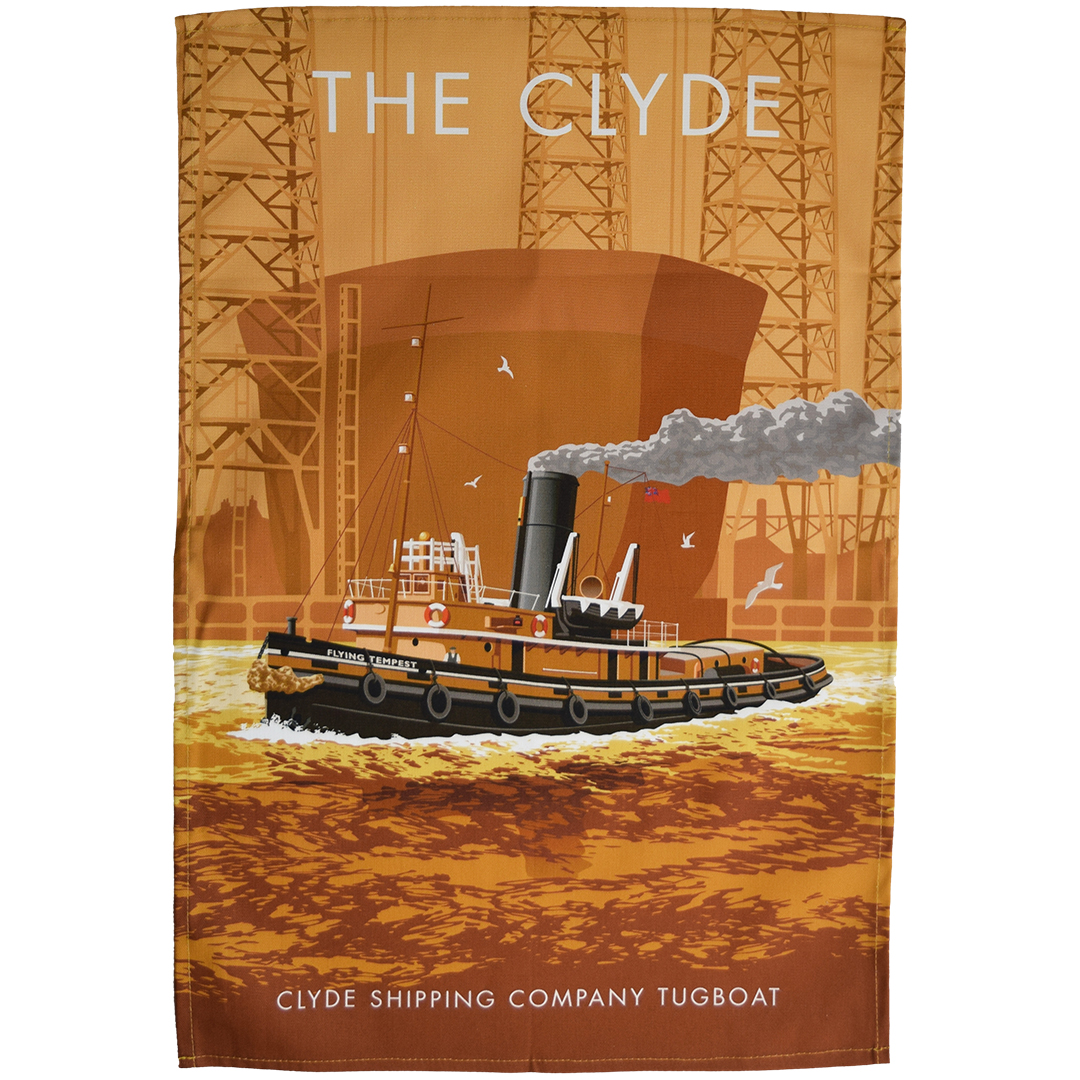Tyneside at War
Posted by Pete on 26th Apr 2022

Our historian, Pete, explores the role that Newcastle played in winning the Great War
Newcastle has plenty of claims to fame. Ant & Dec were both born and bred in the city. Greggs opened its first bakery in Tyneside in 1939. And the city's football club, Newcastle United, is one of the most famous clubs in the whole world.
To say that Newcastle is a special place would be an understatement. Magnificent landmarks, world-famous nightlife and beautiful surrounding countryside – the city has it all.
But what’s much less known – and what I want to talk about today – is the important role that the city played in winning World War One.
Never mind Ypres and Verdun – it was arguably in Newcastle that the Great War was won.
The seven bridges over the Tyne have become one of the UK's most iconic landmarks
Click here to view our Newcastle tea towel
It’s fair to say that Newcastle has been no stranger to war and chaos. Indeed the city started out as a military outpost, when William the Conqueror’s son, Robert, built a Norman castle on the River Tyne in the year 1080.
Throughout the Middle Ages, Newcastle served as the shield of the kings of England against their Scottish rivals to the north. And in the Civil War, Newcastle endured a brutal siege by Cromwell’s allies after declaring for King Charles.
But when the Great War began in 1914, the British Isles encountered a new species of war entirely.
This was to be an industrial war, demanding economic mobilisation on an unprecedented scale. Newcastle, as the shipbuilding capital of Britain, was on the frontline.
Like the River Clyde in Glasgow, the Tyne played a central role in Newcastle's industrial history
Click here to view our Clyde tea towel
For over a century, Tyneside, along with the likes of Glasgow and Belfast, had been one of the construction hubs for the Royal Navy and the wider world of commercial and naval shipping.
Indeed, it was this hubbub of industrial activity which drew my mum’s family over from the west of Ireland in the late-19th century. The clattering of Newcastle’s dockyards could be heard all over the world.
When war came in 1914, thousands of Geordies went off to fight in France and Belgium – my great-grandad among them.
But plenty were needed at home, too.
Shipyards in the North East of England built more than three million tonnes of shipping from 1914 to 1918.

COMING SOON: Our new Angel of the North tea towel - drop us an email if you'd like to be notified when it's available!
The Tyne alone had no fewer than nineteen yards, with five of them fitted to build the heaviest battleships in the world.
And it wasn’t just facilities which Newcastle boasted – far from it. Tyneside was rich in expertise and the intelligence needed to build and repair the floating fortresses of the Navy.
After one fight in the North Sea, the battleship HMS Lion was towed into the Tyne on the brink of death. Hundreds of shipyard workers worked around the clock to have it fighting-fit in just six days.
Although the Great War is mostly associated with images of muddy trenches and shelled battlefields, the battles at sea were just as important to the Allies’ Victory.
And it wasn’t just the sailors of the Royal Navy who kept the British ships afloat, but the Newcastle working class.
Just like the trenchworks of the Western Front, the shipyards of Tyneside have all but disappeared now. But whereas the passing of the former was a cause for thanks – the coming of peace after a monstrous war – the end of shipbuilding in Newcastle during the late-20th century was a source of pain.
As Jimmy Nail, himself the son of a Tyneside shipyard worker, sang:
“This was a big river,
But that was long ago,
That’s not now.”
The loss of the shipyards brought with it mass unemployment to the Tyne. But through the good times and the bad, this great city prevails.
Newcastle was – and remains – unconquerable:
“’cause this is a mighty town,
Built upon a solid ground,
And everything they’ve tried so hard to kill,
We will rebuild.”


